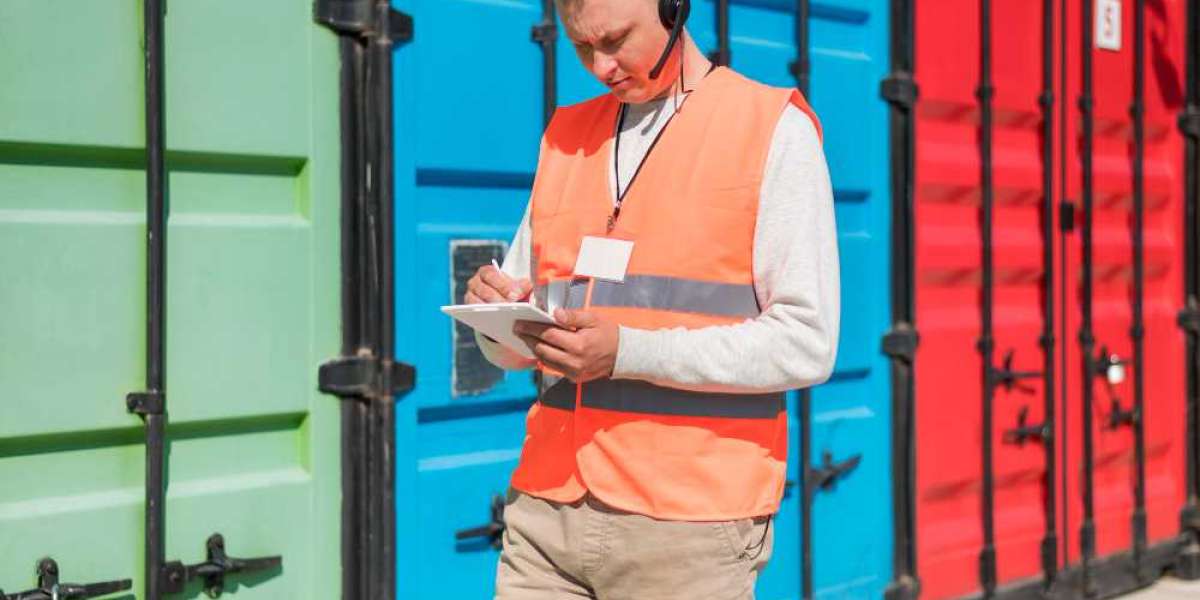Customs clearance in Australia is a critical part of international trade, ensuring that all imported and exported goods comply with government regulations. The process involves preparing and submitting the necessary documentation, assessing duties and taxes, and meeting biosecurity and quarantine requirements.
Australia’s customs regulations are managed by the Australian Border Force and the Department of Agriculture, Fisheries and Forestry. These agencies oversee a wide range of import controls aimed at protecting the economy, environment, and community. Proper customs clearance is essential to prevent delays, avoid penalties, and ensure the smooth flow of goods through ports and airports.
For businesses involved in global trade, understanding customs clearance in Australia is vital. It includes submitting documents like commercial invoices, bills of lading, certificates of origin, and import declarations. Compliance with free trade agreements, tariff classifications, and import permits may also be required depending on the nature of the goods.
Efficient customs clearance reduces operational disruptions and supports timely delivery. Whether importing machinery, food products, textiles, or electronics, navigating Australia’s customs system accurately is key to a successful trade strategy. Businesses often engage customs brokers or logistics professionals to manage the complexities and ensure full compliance with Australian customs laws.



